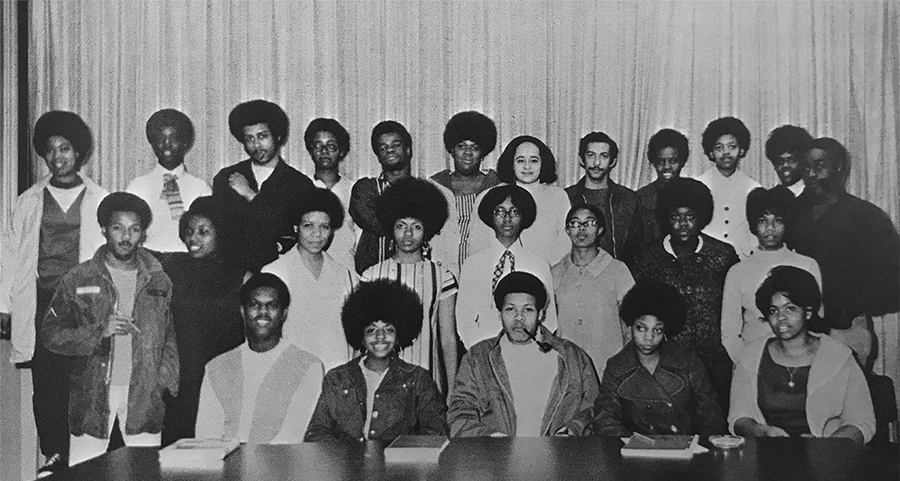
African American students recruited to Pacific University in the late 1960s discovered they had landed in an alien environment.
The school’s faculty, staff and student body were predominantly white, and all the on-campus clubs, events and programs were shaped to support a white population. There was little in place to make African Americans feel included.
If they were to have a community, the African American students realized, they would have to create it themselves. And so the Black Student Union was born.
“It wasn’t about whites,” said Phillip Miner ’72, who was president of the BSU in 1970-1971, his junior year. “It was a bit of familial fabric. We weren’t interested in creating dissonance. It was to build greater solidarity.”
The Black Student Union was a place for African American students to hear one another, to support one another, to socialize with like-minded friends. That’s because like-minded friends were in relatively short supply at Pacific in the late 1960s, even though the school actively recruited African American students in the Bay Area, the Los Angeles area and elsewhere.
"Forest Grove wasn't ready for us."
— Opal Chancler-Moore '70
Today, members of the Black Student Union would say it serves much the same purpose.
A Pacific magazine story written in 1969 suggested that, with 65 students, Pacific had had one of the largest populations of African American students in a private college in the Pacific Northwest. Some, like Miner, had never laid eyes on the campus when they accepted an offer to attend. At the time, the federal government was promoting diversity on college campuses as part of Lyndon Johnson’s War on Poverty. The government funded grants for students to attend college through Upward Bound and other grant programs.
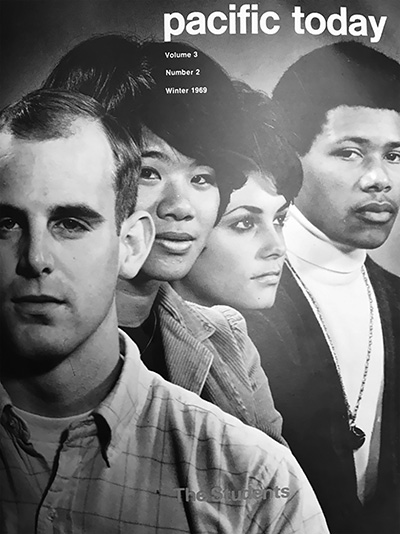
Pacific was an early and enthusiastic adopter of the federal initiative. That benefited Miner, who lived in the Bay Area, but wanted to leave California while staying on the West Coast. It didn’t suit everybody — often, students quit before the end of their freshman years — but Miner said Pacific suited him.
“I was lucky Pacific worked for me,” he said from Jacksonville, Fla., where he retired. College prepared him for his career as a college administrator.
No Welcome Mat
Nevertheless, the small wave of African American students who attended Pacific during that era landed at a college that had little experience of real diversity, in a Washington County town with even less. A cross had been burned on campus around 1950. Minstrel shows, featuring players in blackface, were still performed in next-door Cornelius as late as the 1940s. In the late 1960s, some were still actively hostile to the idea of African Americans in Forest Grove.
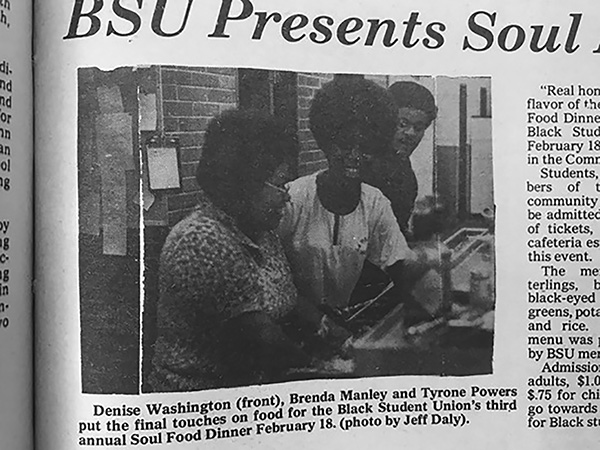
Opal Chancler-Moore ’70, part of the group who founded the Black Student Union in 1967, said she and friends would meet ugliness any time they walked on the sidewalks on the edges of campus.
People in passing cars would “scream vulgar, racist language,” she said. Often they threw things, including watermelon.
“Forest Grove wasn’t ready for us,” she said.
The indignities also occurred on campus, among students and faculty. “Kids from backwater towns in Washington and Oregon were afraid to go into the showers with us,” Chancler-Moore said. “Some wanted to see if we had tails.”
Miner, who arrived a couple of years later, says he didn’t encounter that kind of overt racism. But he said racism was apparent nonetheless. White students, staff and faculty seemed to assume African American students were academically deficient or economically challenged and were surprised to find that they weren’t.
“My greatest challenges came in realizing my white colleagues, the faculty and staff weren’t prepared for the fact that Black African Americans are as talented and smart as they were,” said Miner. “It was most unsettling.”
He said Forest Grove residents queried university administrators about Black students driving new cars — in his case, a lime-green Plymouth Duster. Why did they need financial aid?
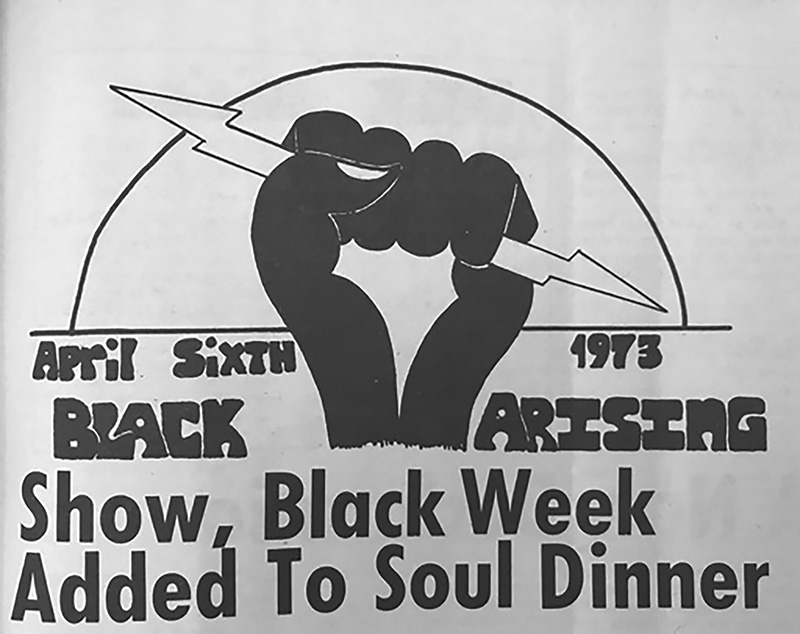
“I took great offense,” said Miner, whose father was a janitor and his mother a domestic worker. “There was nothing affluent about us. But like other parents, mine would make sacrifices for me.”
In this atmosphere, around the time former Attorney General Robert Kennedy and the Rev. Martin Luther King Jr. were assassinated and as protests about the Vietnam War were multiplying, the Black Student Union began to organize itself. Pacific wasn’t sure what to make of it.
A 1968 editorial in the campus newspaper, The Pacific Index, was apparently written as satire. But in referencing an organizational meeting for what became the Black Student Union, it spoke to the ambivalence of the predominantly white college about the self-organization of its Black students.
“February 27 marks the day that it happened: all the campus Negroes met for dinner in the University Center and there were some other Negroes there to talk to them. Well, the majority of Pacific students, or at least a loud minority, seemed to know what THAT means. The Negroes were organizing, and when Negroes organize that means Black Power, and Black Power means a lot of killin’ and rapin’ and burnin’ all sorts of horrible things.”
In 1968, the BSU brought comedian-activist Dick Gregory to campus. Chancler-Moore said the group sent two student delegates to Martin Luther King Jr.’s funeral. The BSU also hosted “Soul Food Dinners” and dances in the Boxer Pause.
Meanwhile, white students were stirred up about such things as the dress code. And, as had been true for decades, they cared deeply about the Boxer toss.
The BSU and Boxer
Boxer, the Chinese-made likeness of a qilin, had become the object of much plotting, teasing, and physical skirmishing among Pacific students. Battles to capture the small statue left many exhausted and sometimes with injuries that required medical attention.
The tradition seemed very remote from the daily experiences of Pacific’s Black students. But in 1969, they intersected.
"I don't understand why you fight for a statue."
— Philip Miner '72
Boxer was tossed that year, and the scrum among students lasted for hours. Students were sprawled about, exhausted. The last time anybody reported seeing the statue was in a car that was speeding away. Within hours, fliers appeared on campus claiming the statue was in the possession of the Black Student Union.
The myth led to decades of rumors about Boxer being thrown off a bridge or melted down, despite the lack of evidence. (In 2024, the original Boxer statue was returned to Pacific University, proving definitively that the Black Student Union was not involved in its disappearance.)
In 1971, a story in The Index carried the headline “Boxer Flash is Dead.” It quoted Miner, then president of the Black Student Union, as saying, “We’re never going to flash it. The tradition of Boxer is defunct.”
Interviewed in 2018, Miner acknowledges he was repulsed by the Flash-Toss-Capture tradition.
“I was shocked and appalled by the tradition, in which you beat the pulp out of everyone,” he said. “I don’t understand why you fight for a statue. I couldn’t wrap my mind around that.”
Miner said he wished students competed for Boxer in a different spirit, in an “academically oriented way.” That would herald a different kind of pride of ownership, he said. He said he welcomed the debut of Boxer III at Homecoming 2018 and was pleased to learn that the university plans to keep it under lock and key.
“I do believe in tradition,” he said. “I hope it brings out the good angels in us all, rather than a brawl.”
BSU Goes Dormant
With the decline in federal investment in college scholarships for underprivileged students, African American enrollment at Pacific declined. The university’s 1977 self-study report reported to the accreditation body that “the once-large Black population has declined markedly,” although it didn’t offer numbers. Pacific “has not been as vigorous in recent years as it was in the early 1970s in recruiting Black students,” the school acknowledged.
The Vietnam War had ended, the rage of the 1960s had cooled, and Pacific continued to be a bucolic haven of higher learning, centered in Forest Grove. The Black Student Union eventually faded away.
“It went dormant for 30 years,” said Yashica Island, who was hired by Pacific in 2012 to be its director of student academic inclusion. Upon her arrival she looked around and realized “students of color at Pacific needed help.”
The Group is Relaunched
Students of color, like all students, needed academic help, financial assistance, healthcare, residential accommodations and all the other things that make college challenging. But they also needed a way to navigate the culture at Pacific and in Forest Grove.
While local residents weren’t throwing watermelon at Black students in the 21st century, students found some of the same attitudes that animated African American students in the late 1960s. A barbershop told a student “We won’t cut your hair,” Island said. Another time, she said, African American students were passing out fliers when they were met on a porch by a man holding a shotgun. Male students were apprehensive about encounters with police. And in the classroom, students of color still encountered demeaning behaviors, such as a professor asking an Asian American student how much rice she eats.
“Honestly, not much has changed,” said Island, who later left Pacific. “I was starting to get overwhelmed with all the needs.”
So, after discussion, Island led an initial group of seven students to restart the Black Student Union in 2013. The university said any new club had to have at least seven members. It was a small, but promising start.
Then tragedy struck.
Two of the initial seven students were killed in April 2014 in an auto accident at the intersection of Verboort Road and Oregon Route 47. Kiden Dilla and Ayan Osman, two freshmen who graduated from Washington County high schools and met during Pacific’s new student orientation, had become inseparable friends and popular on campus. Their shocking deaths sent the campus into mourning and sent public officials into discussions about how to make the intersection safer.
Today, a bench memorializing Dilla and Osman stands between Marsh Hall and the Tran Library. And drivers now enter a roundabout at Verboort and Route 47, rather than meeting in a four-way intersection.
For the Black Student Union in 2014, their deaths were devastating. The new club had been active, bringing in a Black history play, hosting dances and soul food dinners, and having open mic poetry events. While Island has moved on, she worries that Pacific’s BSU could fade away again.
Kia Addison ’20 might advise her not to worry.
Addison was president of the Black Student Union in 2018. At the beginning of that school year, she said, 45 people turned out for the BSU's first meeting.
African Americans and other students of color unite “out of a sense of self-protection,” Addison said. The BSU empowers students, telling them, in essence, “You are not alone. You deserve to be heard.”
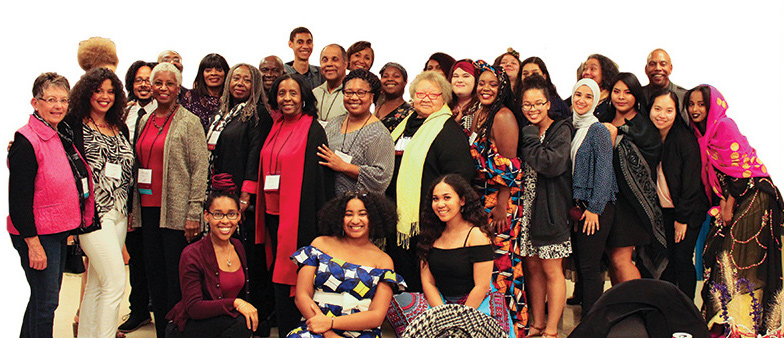
Addison, whose own block in Spanaway, Wash., was leafleted by the Ku Klux Klan shortly after her family moved in 11 years ago, says she likes Pacific’s small class sizes and the ability to be heard without clamoring for attention. But she says students of color still need support, just as they did in 1967 and in 2013.
She often thinks, she said, that some of the ignorance and insensitivity should have been erased by now. But as head of the Black Student Union, she asked, “How can we lessen the burden?”
Miner, the 1970-1971 president, says his Pacific experience shaped his attitudes and behavior for the rest of his life. When he arrived at the university, he said, he was surprised to find that it was full of white people who had never been around Black people.
By the time he left, he said, he was driven to show that “talent comes in all colors and … genders.”